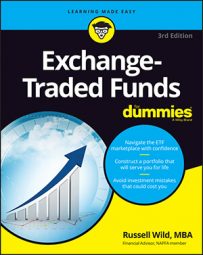Most exchange traded funds (ETFs) are cheap, which is one of the things you will love about them. The difference between a typical mutual fund that charges 1.4 percent and a typical ETF that charges 0.2 percent adds up to a lot of money over time.
MoneyChimp, a very good financial website, offers a fund-cost calculator. Invest $100,000 for 20 years at 8 percent and deduct 0.2 for expenses; you’re left with $449,133. Deduct 1.4 percent, and you’re left with $359,041. That’s a difference of about $90,000. The after-tax difference, given that most ETFs are highly tax-efficient index funds, would likely be much greater.
Because the vast majority of ETFs fall into the super-cheap to cheap range (generally 0.1 to 0.5 percent), the differences among ETFs won’t be quite so huge. Still, in picking and choosing ETFs, cost should always be a factor.
Of course, with ETFs, you often pay a small trading fee every time you buy and sell. That too should be examined and minimized. Do all your trading online, and choose a brokerage house that gives you the best deal. If you’re going to make frequent buys and sells, either choose ETFs that you can trade commission-free, or opt instead to build your portfolio with mostly low cost, no-load index mutual funds.

